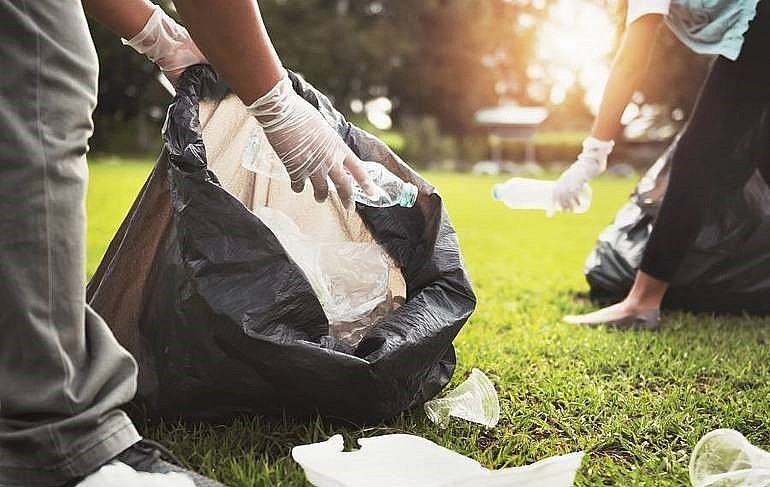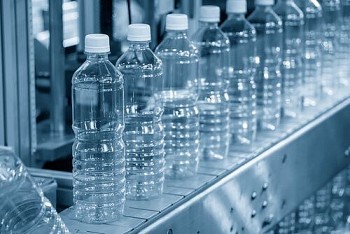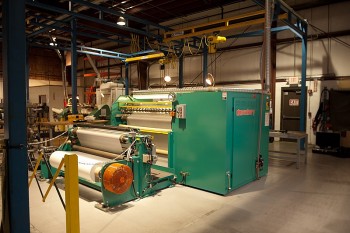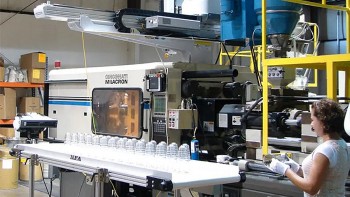Is it 500 Years or 1000 Years for a Plastic Bag to Decompose?
 |
| How Long Does It Really Take for a Plastic Bag to Decompose |
It can be difficult to make a positive environmental impact until you realize that even minor changes in behavior can help. One of the most common recommendations is to eliminate or reduce the use of single-use plastic bags when going shopping. This is due to the bags' slow decomposition, which causes them to linger in landfills. But how long does a plastic bag really last?
How long does plastic take to decompose?
Plastic is used in the manufacture of many single-use items. While some plastics can be reused or recycled, packaging and thicker plastic items cannot.
Plastic can decompose in 20 to 500 years, or even 1,000 years, depending on the structure of the material and environmental factors such as sunlight exposure.
How long does a plastic bag take to decompose?
While reducing the use of plastic bags is a good idea, choosing a cloth bag might not be the habit that will help the environment the most. The carbon footprint left by the cloth totes must be offset by thousands of uses. Reusing any cloth or plastic bags you already have at home to carry out your heavy lifting is a better idea.
High-density polyethylene (HDPE), low-density polyethylene (LDPE), and linear low-density polyethylene (LLDPE) are the three materials typically used to make plastic bags. The most durable is HDPE, which is used to create strong grocery bags and wrapping that is easily torn. Since LLDPE isn't as strong, plastic bags for carrying clothing or other lightweight items are made from it.
The Center for Biological Diversity estimates that it takes a bag roughly 1000 years (10 centuries) to "decompose." But that's a little misleading. Plastic ends up photodegrading from ultraviolet radiation because the majority of microorganisms cannot eat it. And even after the bags break down, the microplastics they leave behind may still harm the environment.
Although 1000 years seems long, it is only an estimate. Since the invention of plastic bags in the 1950s or so, humankind has never actually seen the substance decompose in real time. Instead, they use respirometry tests, where materials are placed in aerated soil teeming with microbes, and the CO2 the microbes produce as they decompose the material is then measured. When an organic substance, such as food waste, is present, CO2 levels rise, which allows scientists to estimate the rate of decomposition. However, because plastic bags don't produce any CO2, microbes aren't eating them and they remain defiantly intact. Plastic bags will last a very long time if they are buried in a landfill and shielded from ultraviolet light.
Bags have an impact on the environment beyond just their disposal. It takes fossil fuels to make bags; one estimate puts this amount at 12 million barrels of oil annually. And after a bag has served its purpose in a consumer's hands, it may then enter the food chain for wildlife. Plastic that accumulates along the food chain is consumed by creatures like birds and fish.
How long does it take a plastic water bottle to decompose?
Polyethylene Terephthalate (PET) is the material used to make conventional plastic bottles. Because bacteria cannot digest and degrade the chemicals used in PET, it is a lightweight, flexible material that doesn't break down quickly.
Around 450 years pass before a PET plastic bottle decomposes. Plastic breaks down into nanoplastics, which are often imperceptible and can enter our ecosystem. Traces of nano and microplastics have recently been found in the placentas of unborn children as well as in remote regions of the Arctic Ocean.
How long does it take metal to Biodegradation and Plastic
When buried, wood, grass, and food scraps go through a process called biodegradation, which is just a fancy way of saying that bacteria in the soil change them into other beneficial compounds.
However, bacteria are repulsed by plastic waste. The one-celled gluttons won't even eat dinner if you pile some plastic bags and bottles on their plates.
This reasoning makes it safe to say that plastic won't ever biodegrade. Of course, there is still more to the story. A Waterloo Collegiate Institute student named Daniel Burd proved in 2008 that specific bacterial species can degrade plastic. At the national science fair, his work won first place, earning him $10,000 cash and a $20,000 scholarship.
Burd's findings were confirmed by researchers, and they also discovered a number of other bacteria that consume plastic, but none of them have proven useful in actual applications. The only effective way to degrade plastic is through photodegradation until waste treatment facilities can implement any new procedures.
How Photodegradation Breaks Down Plastic
A type of decomposition called photodegradation requires sunlight rather than bacteria. The bonds holding the lengthy molecular chain together in plastic are broken when UV rays hit the material. This can eventually break up a large piece of plastic into numerous tiny pieces.
Obviously, plastic that has been buried in a landfill hardly ever sees the light of day. However, plastic bathes in as much light as water in the ocean, which is where many used grocery bags, soft drink bottles, and six-pack rings end up.
In 2009, Nihon University researchers in Chiba, Japan, discovered that plastic can degrade in warm ocean water in as little as a year. When you first hear about the toxic chemicals in those tiny pieces of plastic, like bisphenol A (BPA) and PS oligomer, it doesn't sound too bad. Where humans are most likely to come into direct contact with the toxins is in the guts of animals or when they wash up on shorelines.
Biodegradable Plastics
So-called biodegradable plastic is one solution to the environmental disaster caused by plastic pollution. Plant-based hydro-biodegradable plastic and petroleum-based oxo-biodegradable plastic are the two types currently available.
In the first group, polylactic acid (PLA), a plastic derived from corn, comes out on top as the most popular substitute. In comparison to a PET-based bag floating in the ocean, PLA decomposes four times faster, into water and carbon dioxide, in just 47 to 90 days.
But in order to get these kinds of results, certain conditions must be met. At high temperatures, PLA decomposes most effectively in industrial composting facilities. A plastic bag made of corn may last just as long in a landfill after being buried as one made of oil or gas.
FAQs
How long does it take plastic to decompose?
Since resistant plastics like PET need UV light to decompose rather than bacteria, they take much longer to do so. According to estimates, the decomposition of plastic water bottles in landfills can take up to 450 years.
How long does it take for plastic bags to decompose in the ocean?
Due to UV light and constant motion, plastic bags that are floating in the ocean tear apart. They decompose and settle in 20 years. Fishing lines need about 600 years to break down while plastic bottles can take up to 450 years.
What is an example of a biodegradable substance?
Over time, biodegradable materials disintegrate into smaller, more usable forms. Examples of this include excrement from people and animals, plant leaves, wood, fruit, roots, and dead people and animals (aside from hair and bones).
Does plastic eventually break down?
Plastic needs to be recycled because it doesn't decompose easily. Plastic tends to disintegrate into smaller and smaller fragments until they are invisible. This indicates that every plastic molecule created since 1907 is still in the environment.
Conclusion
The duration of decomposition varies depending on the material composition and the environmental conditions during the recycling process, ranging from a few weeks to potentially millions of years. Despite the convenience and affordability of plastics, it is imperative that we reduce our usage of these materials.
 Top 10 Biggest Plastic Manufacturing Companies In The US Top 10 Biggest Plastic Manufacturing Companies In The US Plastic is widely used in many industries due to its lightweight, durability, and low cost. Injection molding, extrusion, and blow molding, among other processes, are ... |
 Top 10+ Biggest Plastic Bottle Companies In The US Today Top 10+ Biggest Plastic Bottle Companies In The US Today Revenue in the plastic bottle manufacturing industry has increased over the last five years. The increase was made possible by the contributions of the largest ... |
 Top 10 Biggest and Most Famous Plastic Film Companies In The World Today Top 10 Biggest and Most Famous Plastic Film Companies In The World Today Plastic films have several advantages over rigid packaging materials, including their lightweight nature, excellent barrier properties, and, most importantly, their ability to be recycled. In ... |
 Top 10 Biggest and Most Famous Plastic Injection Molding Companies In The US Top 10 Biggest and Most Famous Plastic Injection Molding Companies In The US In the United States, plastic injection molding is a large industry. Check out Top 10 Biggest and Most Famous Plastic Injection Molding Companies In The ... |























